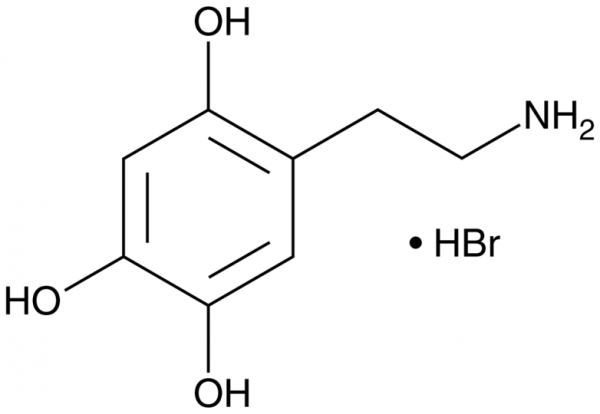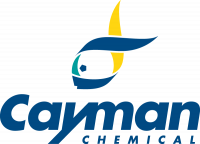Cookie preferences
This website uses cookies, which are necessary for the technical operation of the website and are always set. Other cookies, which increase the comfort when using this website, are used for direct advertising or to facilitate interaction with other websites and social networks, are only set with your consent.
Configuration
Technically required
These cookies are necessary for the basic functions of the shop.
"Allow all cookies" cookie
"Decline all cookies" cookie
CSRF token
Cookie preferences
Currency change
Customer-specific caching
FACT-Finder tracking
Individual prices
Selected shop
Session
Comfort functions
These cookies are used to make the shopping experience even more appealing, for example for the recognition of the visitor.
Note
Show the facebook fanpage in the right blod sidebar
Statistics & Tracking
Affiliate program
Conversion and usertracking via Google Tag Manager
Track device being used

If you have any questions, please use our Contact Form.
You can also order by e-mail: info@biomol.com
Larger quantity required? Request bulk
You can also order by e-mail: info@biomol.com
Larger quantity required? Request bulk
6-OHDA is a catecholaminergic neurotoxin that has been used to induce dopaminergic lesions and... more
Product information "6-OHDA (hydrobromide)"
6-OHDA is a catecholaminergic neurotoxin that has been used to induce dopaminergic lesions and parkinsonian symptoms as a model of Parkinson's disease in rodents. It induces locomotor impairment in mice and loss of tyrosine hydroxylase-reactive neurons in mouse brain when administered into the substantia nigra, medial forebrain bundle (MFB), or striatum at doses of 9, 6, and 18 µg, respectively. Intracisternal administration of 6-OHDA (200 µg) decreases dopamine (Cay-21992) and norepinephrine (Cay-16673) levels in rat brain. It induces apoptosis in primary rat cortical cells and PC12 rat adrenal cells when used at a concentration of 50 µM. 6-OHDA (75 µM) activates caspase-3, -8, and -9 in a time-dependent manner and increases the level of intracellular reactive oxygen species (ROS) in PC12 cells and induces apoptosis in rat substantia nigra when stereotaxically injected into the right MFB.Formal Name: 5-(2-aminoethyl)-1,2,4-benzenetriol, monohydrobromide. CAS Number: 636-00-0. Synonyms: 6-hydroxy Dopamine, Oxidopamine, 2,4,5-Trihydroxyphenethylamine. Molecular Formula: C8H11NO3 . HBr. Formula Weight: 250.1. Purity: >95%. Formulation: (Request formulation change), A crystalline solid. Solubility: DMF: 25 mg/ml, DMSO: 15 mg/ml, Ethanol: 5 mg/ml, PBS (pH 7.2): 10 mg/ml. lambdamax: 296 nm. SMILES: OC1=CC(O)=C(CCN)C=C1O.Br. InChi Code: InChI=1S/C8H11NO3.BrH/c9-2-1-5-3-7(11)8(12)4-6(5)10,/h3-4,10-12H,1-2,9H2,1H. InChi Key: MLACDGUOKDOLGC-UHFFFAOYSA-N.
| Keywords: | 2,4,5-Trihydroxyphenethylamine, 6-hydroxy Dopamine, Oxidopamine, 5-(2-aminoethyl)-1,2,4-benzenetriol, monohydrobromide |
| Supplier: | Cayman Chemical |
| Supplier-Nr: | 25330 |
Properties
| Application: | Catecholaminergic neurotoxin |
| MW: | 250.1 D |
| Formula: | C8H11NO3 . HBr |
| Purity: | >95% |
| Format: | Crystalline Solid |
Database Information
| CAS : | 636-00-0| Matching products |
Handling & Safety
| Storage: | -20°C |
| Shipping: | +20°C (International: -20°C) |
| Signal Word: | Warning |
| GHS Hazard Pictograms: |
|
| H Phrases: | H315, H319, H335 |
| P Phrases: | P261, P264, P271, P280, P312, P321, P302+P352, P304+P340, P305+P351+P338, P332+P313, P337+P313, P362+P364, P405, P403+P233, P501 |
Caution
Our products are for laboratory research use only: Not for administration to humans!
Our products are for laboratory research use only: Not for administration to humans!
Information about the product reference will follow.
more
You will get a certificate here
Viewed


